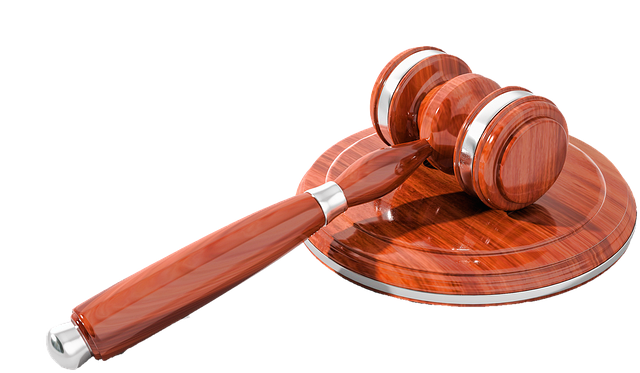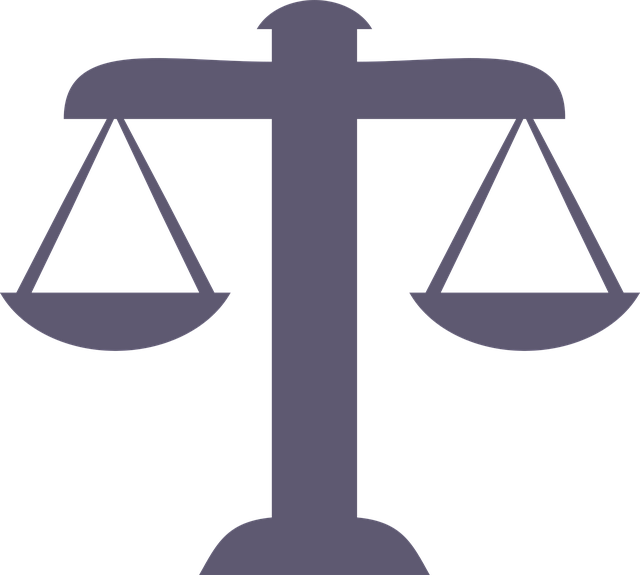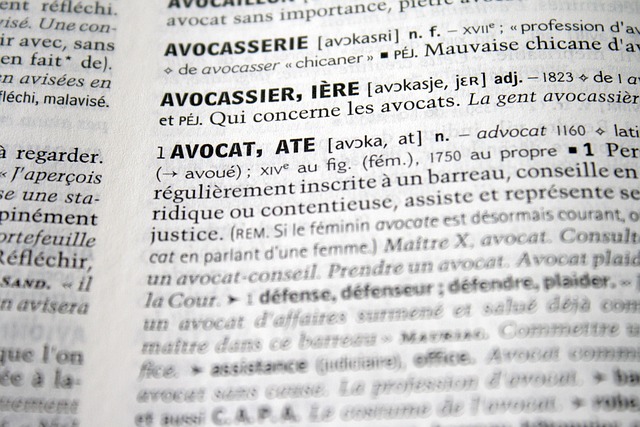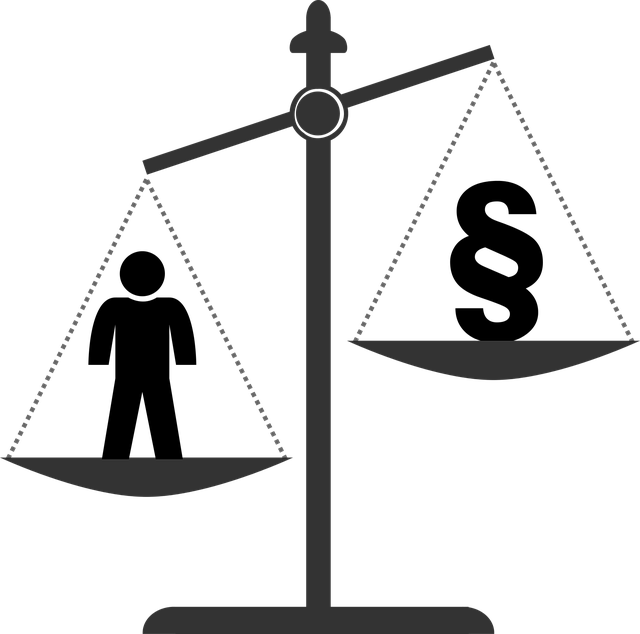Libel and slander, both forms of defamation, differ significantly in their impact and legal treatment. Libel refers to permanent written or digital publication of false statements, causing long-lasting reputational harm, while slander involves oral communication, typically temporary in nature. Understanding this distinction is vital for businesses facing potential legal challenges, as it dictates complex litigation strategies focused on proving falsity and damages, with successful outcomes hinging on navigating intricate evidence and legal precedents. Recognizing the difference between libel and slander is crucial for effective defense and protection of interests in legal disputes.
Litigation Types: Unraveling the Nuances of Libel and Slander. In the complex landscape of legal disputes, understanding specific types of litigation is paramount. This article delves into two distinct yet often confused areas: libel and slander. We demystify these concepts, highlighting their definition, key characteristics, and legal ramifications. By exploring the difference between libel and slander, readers gain valuable insights into protecting their rights and navigating potential legal challenges effectively.
- Understanding Libel: Definition and Key Characteristics
- Slander Explained: Types and Legal Ramifications
- Key Differences Between Libel and Slander Cases
Understanding Libel: Definition and Key Characteristics

Libel is a form of defamation that occurs when someone makes a false statement about another individual or entity and publishes it to a third party. The key characteristic lies in the permanent nature of the published statement, which can be in the form of written words, images, or even digital media. Unlike slander, libel isn’t characterized by oral communication; instead, it’s the lasting impact of the published material that defines it. This distinction is crucial when navigating litigation types, as the consequences and defenses vary significantly between libel and slander cases.
Understanding libel involves recognizing its potential reach across the country, where a single publication can have widespread effects. It’s not uncommon for businesses to face winning challenging defense verdicts due to the complexity of proving libel. The respective business or individual must demonstrate that the statement is both false and published, causing damage to their reputation. This intricate process underscores the importance of legal counsel when dealing with potential libel cases, ensuring a thorough understanding of one’s rights and defenses in these complex litigation types.
Slander Explained: Types and Legal Ramifications

Slander is a harmful statement made verbally or in written form that damages an individual’s reputation and standing in the community. It involves making false claims about someone, impugning their character, or exposing them to public contempt, ridicule, or hatred. Unlike libel, which refers to the publication of false material in permanent forms like print or digital media, slander is typically spoken or broadcast and lacks the lasting impact of written words.
There are several types of slander, each with its own legal ramifications. For instance, slander per se refers to statements that inherently harm a person’s reputation without any need for additional proof. Conversely, slanderous statements that require proof of actual damage fall under slanderable matters. In cases where businesses or individuals face winning challenging defense verdicts, understanding the difference between libel and slander is crucial. An unprecedented track record in navigating these legal complexities can help respective business protect their interests effectively.
Key Differences Between Libel and Slander Cases

Libel and slander are both forms of defamation, but they differ significantly in their nature and legal implications. Libel refers to the publication of false statements that harm an individual’s reputation, while slander involves verbal communication of these falsehoods. The key distinction lies in the longevity of the statement’s impact; libel can last indefinitely through written or printed media, even if the original content is later removed. In contrast, slander is temporary as it requires repeated or continuous verbal repetition to maintain its defamatory effect.
Achieving extraordinary results in handling these cases often hinges on proving the falsity of the statement and its connection to actual harm. An unprecedented track record in litigation can be a testament to the effectiveness of legal strategies employed, demonstrating success in navigating the complex web of evidence and legal precedents associated with libel and slander cases.
In understanding the nuances of libel and slander, recognizing their distinct characteristics is crucial. Both involve harmful speech or writing, but they differ significantly in their impact and legal consequences. While libel focuses on false statements that damage reputation, slander refers to verbal expressions causing harm. Knowing these differences is essential for individuals navigating litigation types, ensuring fair outcomes based on the specific nature of each case.






